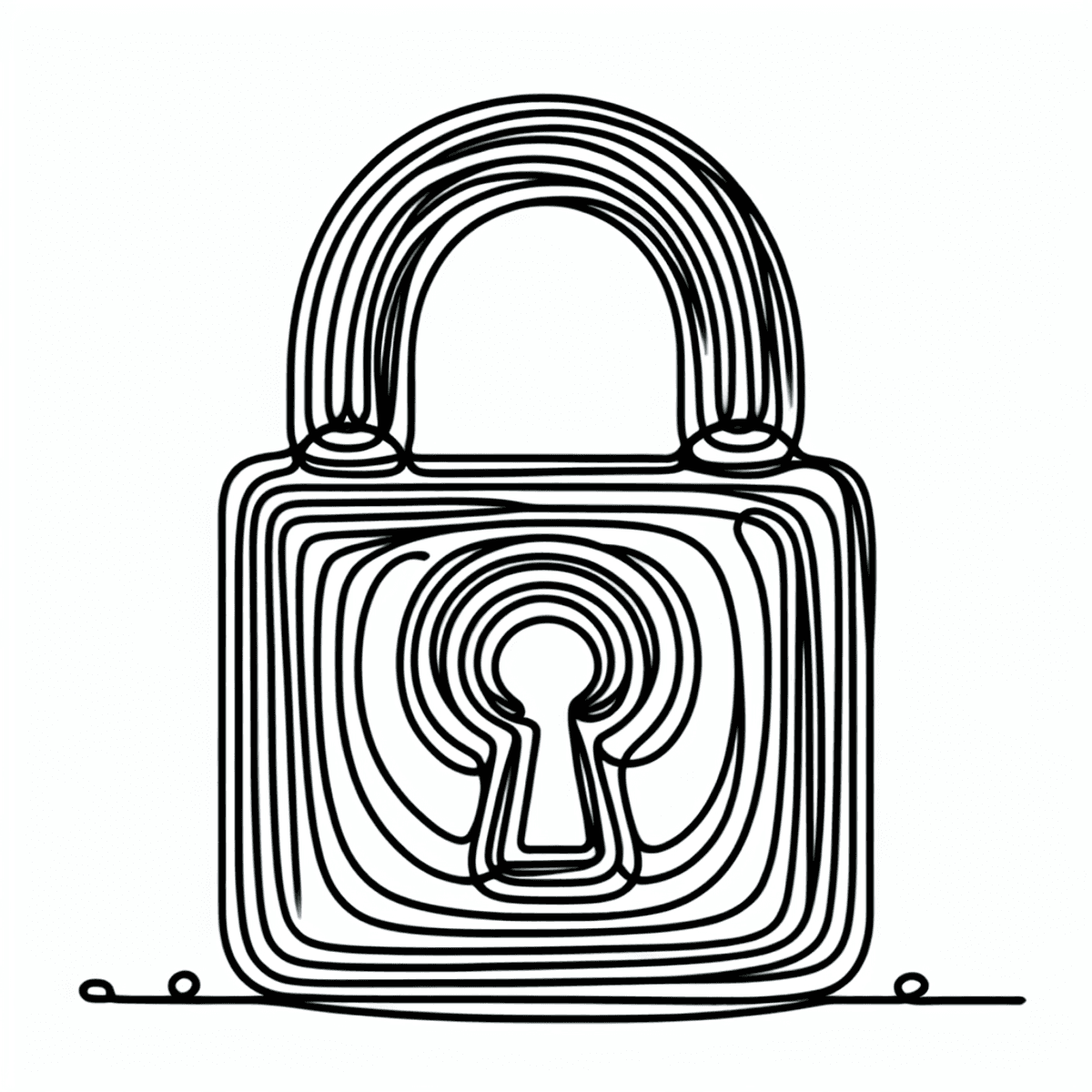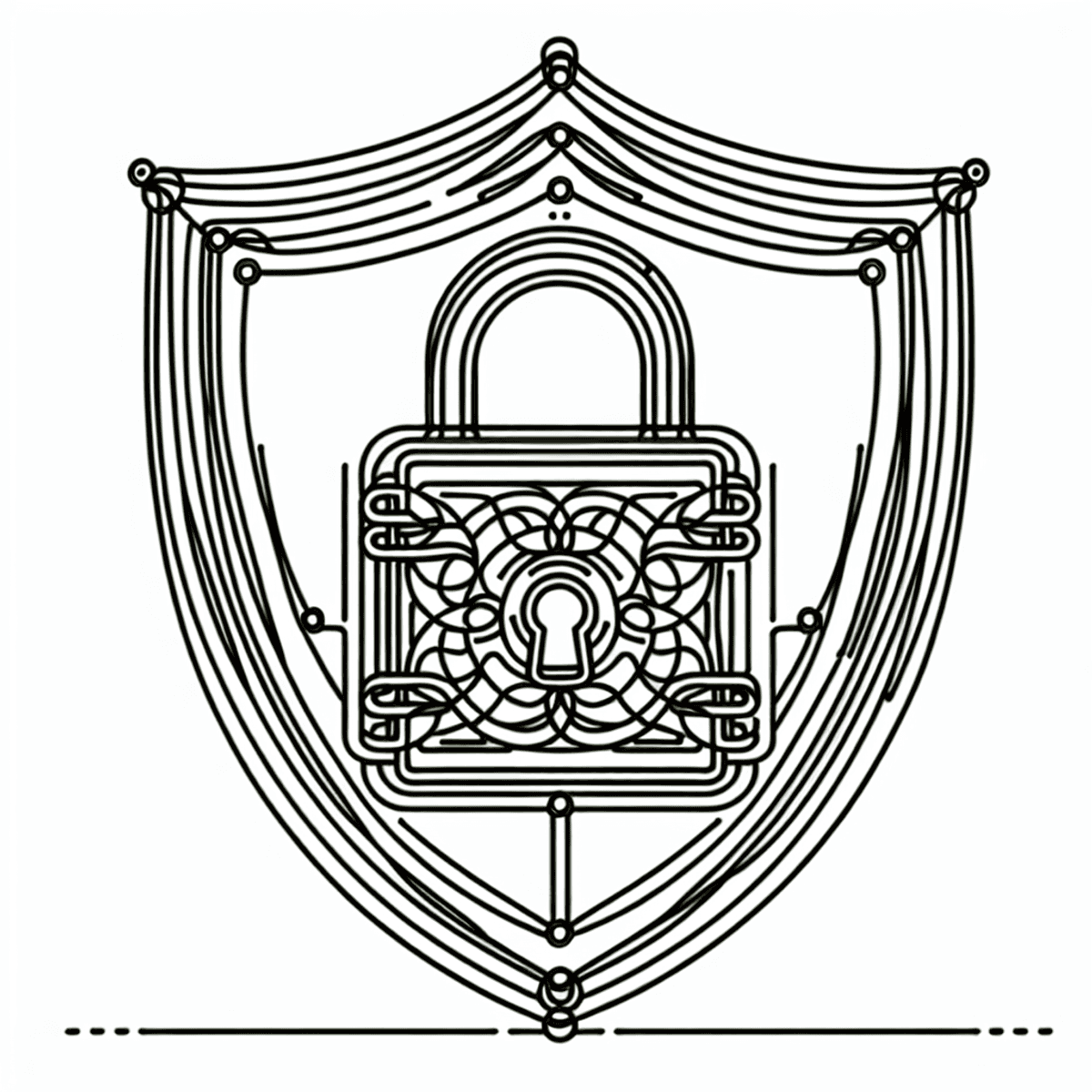
Unlock Your Career Potential with ISC2’s CISSP and SSCP Certifications
July 14, 2024
Navigating ISC2 Certifications: A Guide to CISSP, CCSP, and Beyond
July 14, 2024Introduction
Mastering the CISSP exam is a significant achievement for any cybersecurity professional. Achieving certification through ISC2 not only validates your expertise but also opens doors to advanced career opportunities. The CISSP credential is recognized globally, reflecting a deep understanding of cybersecurity principles and practices.
With the growing demand for CISSP professionals, the cybersecurity industry has become highly competitive. Employers are actively seeking individuals who can demonstrate their knowledge and skills through certification. Success in the CISSP exam can set you apart from other candidates, making it a crucial step for career advancement.
This article will guide you through key strategies and tips for preparing and excelling in the CISSP exam:
- Understanding the CISSP Exam Requirements: A comprehensive overview of the exam structure and domains.
- Developing a Study Plan for Success: Step-by-step guidance on creating an effective study schedule.
- Building Inter-Domain Knowledge: Strategies for understanding relationships between different domains.
- Mastering Key Exam-Taking Strategies: Essential techniques for approaching exam questions confidently.
- Leveraging Practice Tests and Assessments: The role of practice tests in gauging readiness.
- Maintaining Motivation and Managing Exam Anxiety: Tips for staying motivated and calm during preparation.
Embark on your journey to becoming a certified CISSP professional with these valuable insights and practical advice.
1. Understanding the CISSP Exam Requirements
The CISSP exam structure is designed to rigorously test your knowledge and skills across various domains of cybersecurity. The exam consists of 100-150 questions, which you must complete within a 3-hour time limit. These questions are presented in multiple-choice and advanced innovative formats, challenging your ability to apply theoretical knowledge to practical scenarios.
Domains and Their Weighted Importance
The CISSP exam covers eight critical domains:
- Security and Risk Management (15%)
- Asset Security (10%)
- Security Architecture and Engineering (13%)
- Communication and Network Security (14%)
- Identity and Access Management (IAM) (13%)
- Security Assessment and Testing (12%)
- Security Operations (13%)
- Software Development Security (10%)
Each domain has a specific weight, reflecting its importance in the field of cybersecurity. A well-rounded knowledge base is essential; neglecting any domain can significantly impact your performance.
Passing Criteria
Passing the CISSP exam involves more than just achieving a high overall score. ISC2 uses a combination of individual domain scores and an overall endorsement process to determine your success. This means you must demonstrate competency across all domains, not just excel in a few. After passing the exam, you will need an endorsement from an existing ISC2 member, verifying your professional experience in cybersecurity.
2. Developing a Study Plan for Success
To pass the CISSP exam, you need to have a well-structured study plan in place. This will help you learn effectively and efficiently, making sure you don’t miss out on any important topics.
Creating a Personalized Study Schedule
When creating your study schedule, here are some things to keep in mind:
- Available Time: Figure out how much time you can set aside each day or week for studying.
- Learning Preferences: Customize your schedule to match your preferred way of learning – whether it’s through visuals, listening, or hands-on activities.
- Milestones: Set specific and achievable goals for each study session to track your progress.
Step-by-Step Guide
Here’s a step-by-step approach to help you create an effective study plan:
- Assess Your Starting Point: Begin by taking a practice test to identify your strengths and weaknesses.
- Allocate Study Hours: Divide your study time among the eight CISSP domains based on their importance and how familiar you are with them.
- Incorporate Breaks: Don’t forget to include regular breaks in your schedule to prevent burnout and improve information retention.
Selecting Study Resources
Choosing the right resources is key to your success. Here are some options to consider:
- Textbooks: The “Official (ISC)² Guide to the CISSP CBK” covers all domains extensively and is highly recommended.
- Online Courses: Platforms like Cybrary and Coursera offer structured courses with engaging content.
- Practice Exams: Tools such as Boson and Transcender provide realistic exam simulations to help you prepare.
By using a combination of different resources, you can cater to your unique learning style and reinforce your knowledge through repetition.
3. Building Inter-Domain Knowledge
Developing a complete understanding of how different CISSP domains are connected is crucial for succeeding in the exam. You’ll often come across complex questions that require knowledge from multiple domains at once. Having a clear understanding of how these domains relate to each other not only helps you answer these types of questions but also strengthens your overall understanding of cybersecurity principles.
Strategies for Building Inter-Domain Knowledge:
1. Real-World Case Studies
Analyzing real-world cybersecurity incidents can help you understand how different domains interact in practical scenarios. For example, studying a data breach might reveal insights into both Incident Response and Access Control.
2. Practical Application
Applying concepts through lab exercises or simulations can solidify your understanding. Engaging in hands-on activities helps bridge theoretical knowledge with practical skills.
3. Collaborative Learning
Group study sessions where each member focuses on a different domain can provide diverse perspectives and enrich your comprehension of inter-domain relationships.
Mnemonic Devices and Memory Techniques:
Using mnemonic devices can simplify the process of remembering key information across multiple domains:
- Create acronyms to remember lists or sequences. For instance, “CIA Triad” stands for Confidentiality, Integrity, and Availability.
- Break down large pieces of information into smaller, manageable chunks. This method is particularly useful for memorizing standards or protocols.
- Associate complex concepts with visual imagery to enhance recall during the exam.
By implementing these strategies and techniques, you build a robust inter-domain knowledge base that is essential for excelling in the CISSP exam.
4. Mastering Key Exam-Taking Strategies
Approaching CISSP Exam Questions
To tackle CISSP exam questions with confidence and accuracy, process of elimination becomes your best friend. By systematically ruling out incorrect options, you narrow down the choices, increasing your chances of selecting the right answer. Strategic guessing is another useful tactic—when unsure, eliminate the clearly wrong answers and make an educated guess from the remaining options.
Effective Time Management
Time management during the CISSP exam is crucial. Allocating specific time intervals for each domain or question helps maintain a steady pace. For instance:
- Initial Scan: Spend the first 10 minutes scanning through all questions to gauge difficulty.
- Time Blocks: Allocate a certain amount of time per domain based on its weightage in the exam.
- Review Period: Reserve the last 15-20 minutes for reviewing flagged questions.
Prioritizing Questions
Prioritizing questions based on their difficulty level or relevance to the overall scenario is another key strategy. Address simpler questions first to secure easy points and build confidence. Tackle more complex, scenario-based questions later, ensuring you have enough time to think them through.
By integrating these CISSP exam-taking strategies into your approach, you enhance both efficiency and effectiveness, positioning yourself for success.
5. Using Practice Tests and Assessments Effectively
CISSP practice tests are extremely valuable for assessing your exam readiness and identifying areas that need more work. These mock exams simulate the actual test environment, helping you get used to the types of questions and time limits so that you feel less anxious on exam day.
Best Sources for Practice Tests
Here are some highly recommended resources for finding quality CISSP practice tests:
- Official ISC2 Practice Tests: Created by the same organization that administers the CISSP exam, these practice tests closely resemble the real thing.
- Boson Exam Environment: Known for its realistic question scenarios and detailed explanations, Boson is another excellent option for practice tests.
- Sybex CISSP Official Study Guide: This study guide not only provides comprehensive content review but also includes access to online practice tests with different question formats.
How to Make the Most of Your Practice Test Results
After taking a practice test, it’s important to analyze your results effectively in order to improve your study strategy. Here’s what you should do:
- Identify Weak Areas: Pay close attention to domains where your scores are lower than expected. By focusing on these specific areas, you can make better use of your study time.
- Review Mistakes: Take the time to understand why you got each incorrect answer wrong. Look for any patterns or recurring themes in your mistakes so that you can address the underlying issues.
- Adjust Your Study Plan: Based on the insights gained from your practice tests, make adjustments to your study schedule as needed. This may involve allocating more time and resources to the topics that you’re struggling with.
By incorporating self-assessment through regular practice tests, you’ll be able to continuously track your progress, identify areas for improvement, and build confidence as you prepare for the CISSP exam.
6. Maintaining Motivation and Managing Exam Anxiety
Staying Motivated During CISSP Preparation
Maintaining motivation during CISSP preparation can be challenging. Here are strategies to keep you engaged and focused:
- Set Short-Term Goals: Break your study plan into manageable chunks. Achieving small milestones keeps you on track and boosts confidence.
- Reward Milestones: Celebrate your progress. Rewards, whether a treat or a break, provide positive reinforcement.
- Join Study Groups: Engaging with peers can offer support, insights, and a sense of camaraderie.
- Track Your Progress: Use tools like study planners or apps to monitor your advancement. Seeing your progress can enhance motivation.
Managing Exam Anxiety
Exam stress management is crucial for optimal performance. Consider these tips to maintain a calm mindset:
- Deep Breathing Exercises: Practice deep breathing techniques to reduce anxiety. Controlled breathing helps calm nerves and improve focus.
- Positive Visualization: Visualize yourself succeeding in the exam. This can enhance self-confidence and reduce stress.
- Stay Organized: Ensure all necessary materials are ready the night before the exam to avoid last-minute panic.
- Healthy Lifestyle: Maintain a balanced diet, regular exercise, and adequate sleep leading up to the exam day.
These strategies not only help in managing stress but also ensure you’re mentally and physically prepared for the CISSP exam day.
Conclusion
Becoming a CISSP expert requires more than just studying hard; it calls for a smart approach and an ongoing commitment to professional growth. The CISSP test evaluates not only what you know but also how well you can apply it in real-world cybersecurity situations.
By following the advice and techniques outlined in this article, you can greatly increase your chances of passing the CISSP exam:
- Thorough Preparation: Cover all eight domains thoroughly, practice with sample questions, and actively participate in learning activities.
- Strategic Approach: Create a well-organized study plan, use practice tests wisely, and build connections between different domains of knowledge.
- Practical Experience: Apply theoretical ideas to practical scenarios to reinforce your understanding.
Remember that continuous learning and professional development are crucial for staying competitive in the fast-paced world of cybersecurity. Embrace these strategies, keep yourself motivated, manage exam stress effectively, and you’ll be on your way to becoming a certified CISSP professional.
Good luck as you work towards success in your ISC2 journey!



